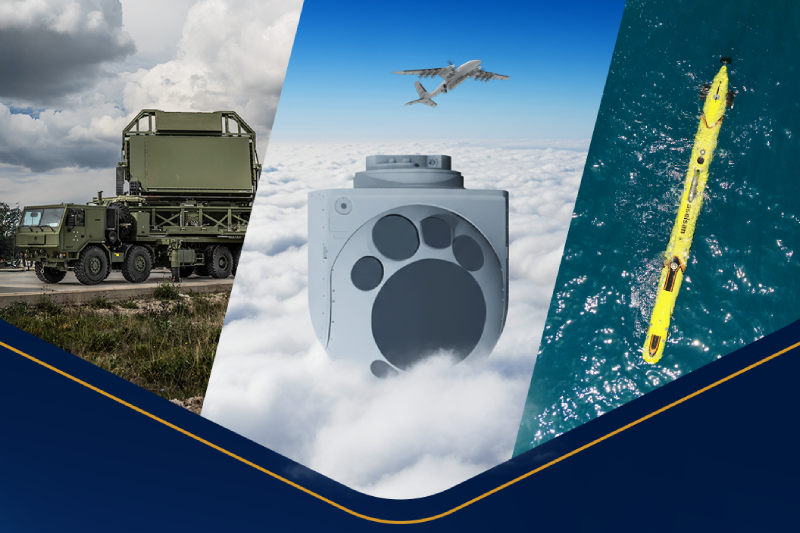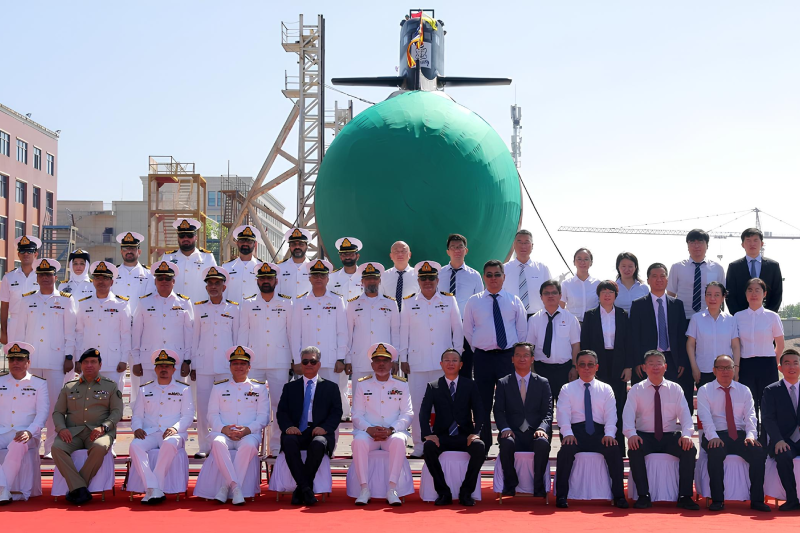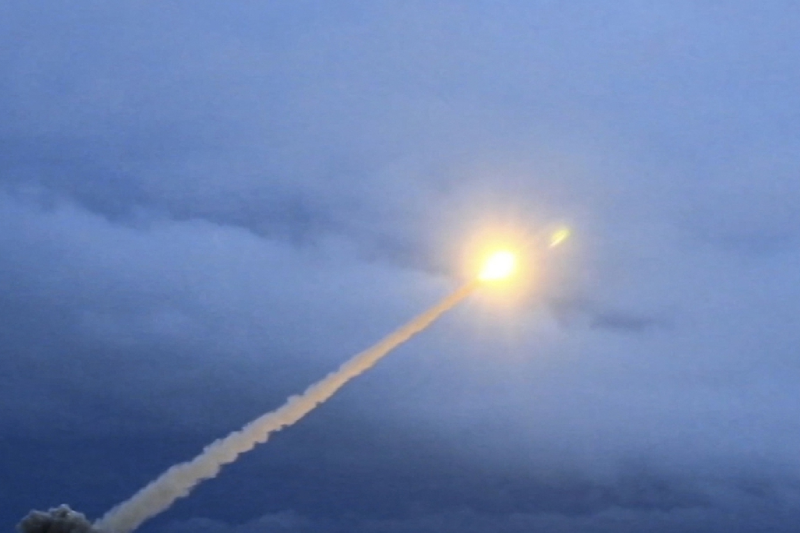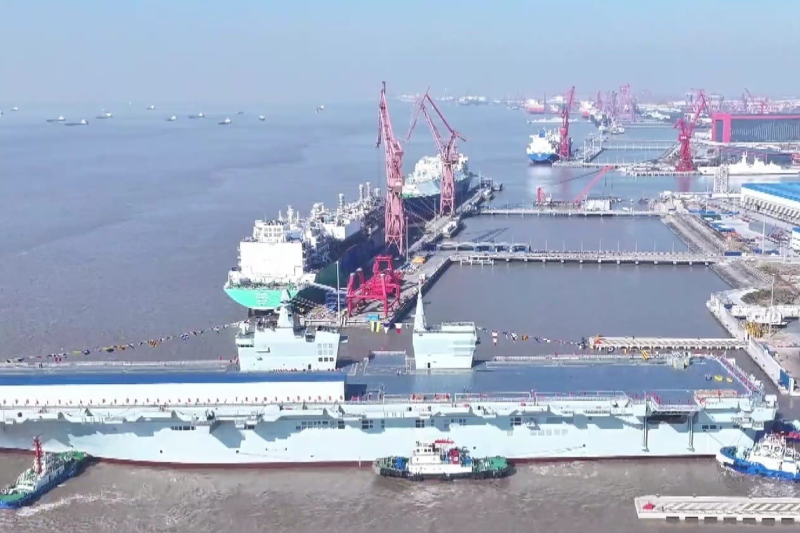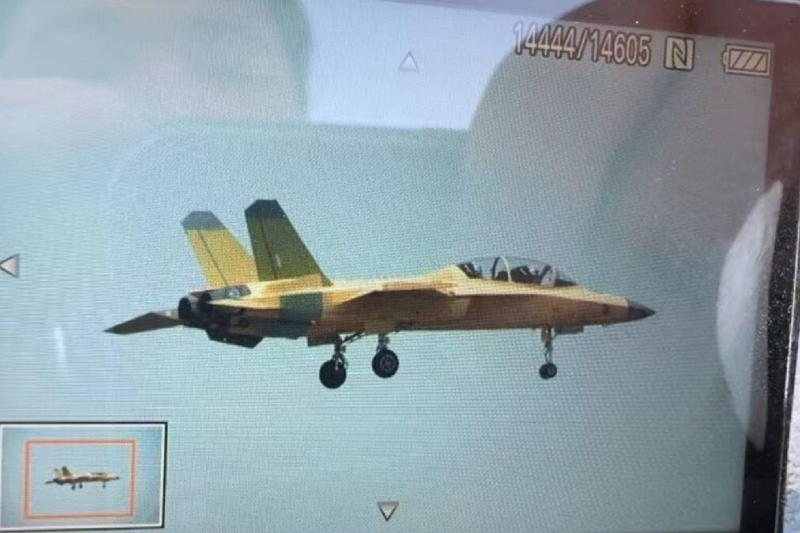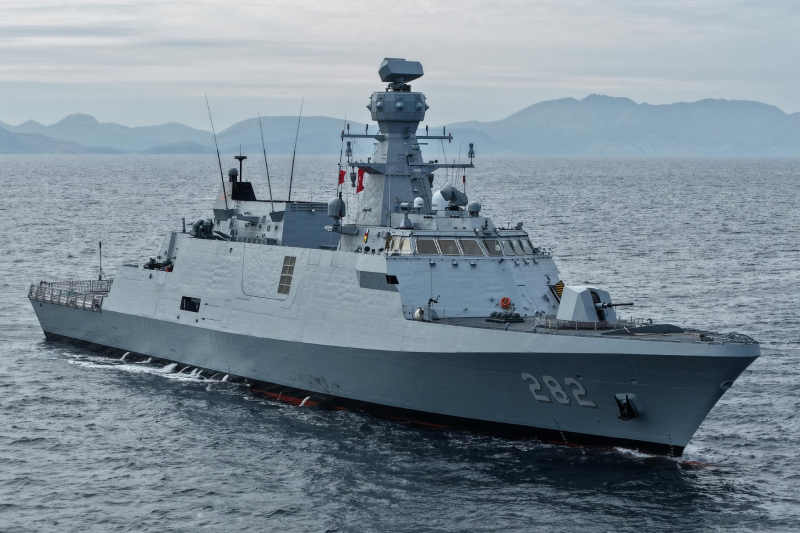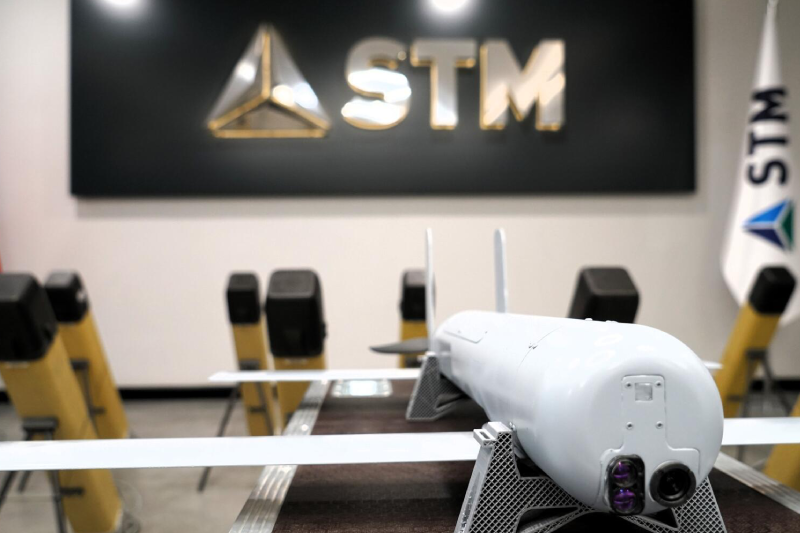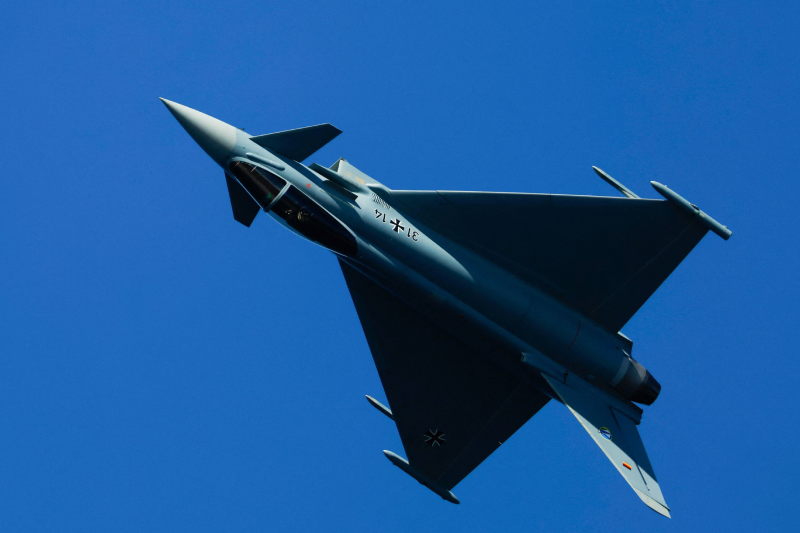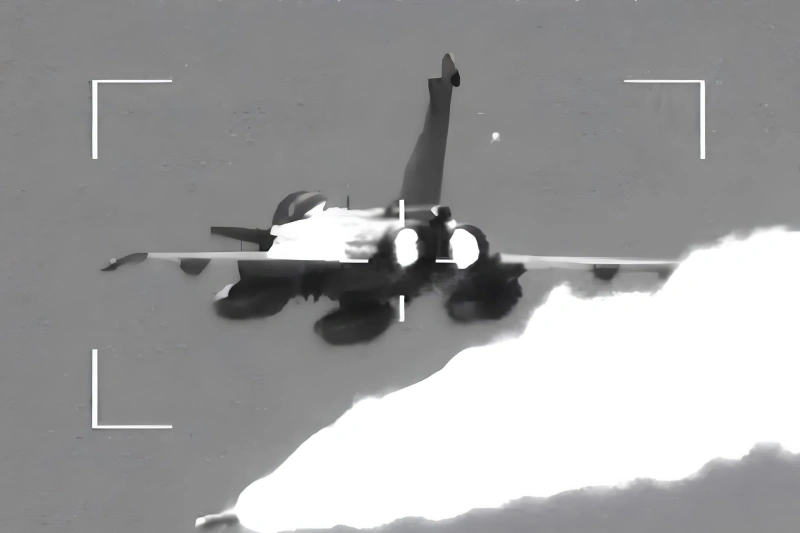French Navy Rafale M Successfully Launches Meteor Missile
The French Navy has reached a significant operational milestone with its Rafale M fighter aircraft successfully firing the advanced Meteor air-to-air missile in an operational context. This achievement represents the culmination of extensive development and testing phases, transitioning from experimental evaluation to full operational capability for one of Europe’s most sophisticated beyond visual range air-to-air missile systems.
Deployment Phase Begins
The recent Meteor missile firing represents a crucial distinction from previous test launches, marking the first operational deployment by a French Navy flottille with operational pilots rather than experimental test personnel. A French Navy spokesperson clarified that the 2019 missile firing constituted a Technical and Operational Evaluation (ETO) conducted by the Air Test and Evaluation Squadron (CEPA) during the experimental development phase.
The 2019 experimental launch involved specialized test pilots operating under controlled conditions to develop technical and operational recommendations for operational squadrons. This systematic approach demonstrates the French Navy’s methodical progression from experimental validation to operational deployment, ensuring comprehensive understanding of missile capabilities before fleet-wide implementation.
Advanced BVR Tech Unveiled
The Meteor missile represents next-generation Beyond Visual Range Air-to-Air Missile (BVRAAM) technology designed to revolutionize 21st-century air-to-air combat capabilities. Developed by MBDA through international collaboration, the system brings together six nations with common requirements to address current threats while maintaining effectiveness against future emerging challenges.
The missile’s advanced active radar seeker provides all-weather engagement capability against diverse target types, from agile fast jets to small unmanned aerial vehicles and cruise missiles. This versatility proves essential for modern air combat scenarios where threat diversity requires adaptable weapon systems capable of engaging multiple target categories effectively.
Electronic Warfare Resistance
Meteor missile capabilities include multi-shot engagement potential against long-range maneuvering targets operating within heavy electronic countermeasures (ECM) environments. The system maintains effectiveness at ranges well exceeding 100 kilometers, providing substantial standoff capability for engaging threats before they can effectively respond.
The missile’s resistance to electronic warfare measures proves particularly valuable in contested electromagnetic environments where adversaries employ sophisticated jamming and deception techniques. This capability ensures reliable target engagement even when operating against advanced air defense systems equipped with modern ECM equipment.
Network-Centric Warfare Integration
The Meteor system incorporates advanced data link communication capabilities designed for network-centric warfare environments. This technology enables third-party data utilization, allowing pilots to leverage external sensor information for enhanced situational awareness and targeting precision beyond organic aircraft sensors.
The network-centric approach provides pilots with maximum weapon system flexibility while integrating seamlessly with broader military information networks. This capability proves essential for coordinated operations where multiple platforms share targeting data and coordinate engagement sequences against complex threat scenarios.
Global Tech Breakthrough
The Meteor missile program represents successful international defense collaboration, demonstrating how multinational partnerships can achieve advanced military capabilities through shared development costs and technological expertise. The six-nation consortium approach enabled technological advancement that individual countries might not achieve independently.
This collaborative model provides participating nations with access to cutting-edge missile technology while sharing development risks and costs across multiple defense budgets. The success validates international cooperation as an effective approach for developing advanced military systems in an era of increasing defense technology complexity.
Operational Integration with Rafale M Platform
The successful integration of Meteor missiles with French Navy Rafale M aircraft demonstrates sophisticated weapons system compatibility and platform adaptability. This integration required extensive testing and validation to ensure seamless operation between missile systems and aircraft fire control systems.
The Rafale M’s ability to effectively employ Meteor missiles enhances the aircraft’s air-to-air combat capabilities significantly, providing French naval aviation with long-range engagement options previously unavailable. This capability proves particularly valuable for carrier-based operations where aircraft must operate independently from land-based support systems.
Strategic Implications for Naval Air Power
The operational deployment of Meteor missiles aboard French Navy Rafale M aircraft represents a substantial enhancement in naval air power projection capabilities. This combination provides French carrier strike groups with extended air defense coverage and offensive counter-air capabilities across broader operational areas.
The enhanced engagement range enables French naval aviation to engage threats before they can effectively target carrier battle groups, providing crucial defensive advantages in contested maritime environments. This capability proves essential for maintaining sea control in regions where adversaries possess advanced anti-ship missile systems.
Future of Naval Aviation
The successful Meteor missile integration establishes a foundation for continued French naval aviation capability development, demonstrating the platform’s adaptability to advanced weapon systems. This achievement validates the Rafale M’s design flexibility and upgrade potential for future weapons integration programs.
The operational experience gained through Meteor deployment provides valuable data for future naval aviation development programs while establishing operational procedures for advanced air-to-air missile employment. This knowledge base supports continued capability enhancement and tactical doctrine development.
Also read this: France Picks Saab GlobalEye as E-3F AWACS Successor
Technological Superiority in Maritime Operations
The combination of Rafale M aircraft and Meteor missiles provides French naval forces with technological superiority in maritime air operations, offering engagement capabilities that exceed many potential adversaries’ defensive systems. This advantage proves crucial for maintaining operational freedom in increasingly contested maritime environments.
The Meteor missile’s advanced capabilities, combined with the Rafale M’s versatility, create a formidable air-to-air combat system capable of addressing diverse threats across multiple operational scenarios. This technological edge supports French naval strategy while contributing to broader NATO air power capabilities in maritime theaters.
Keep connected with us at Facebook, Twitter, YouTube, Instagram & TikTok for latest defense happening around the globe.
Discover more from International Defence Analysis
Subscribe to get the latest posts sent to your email.


